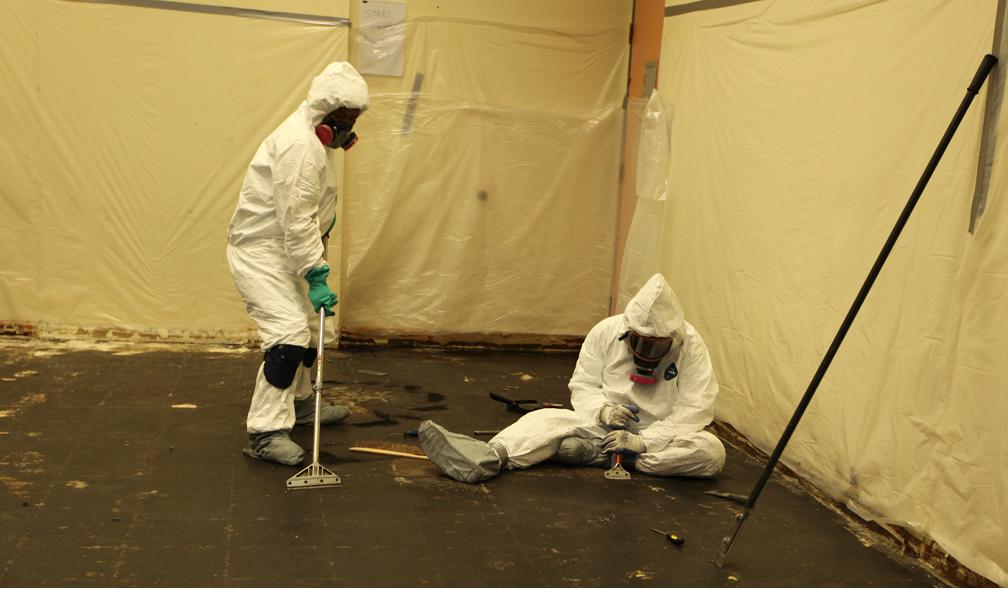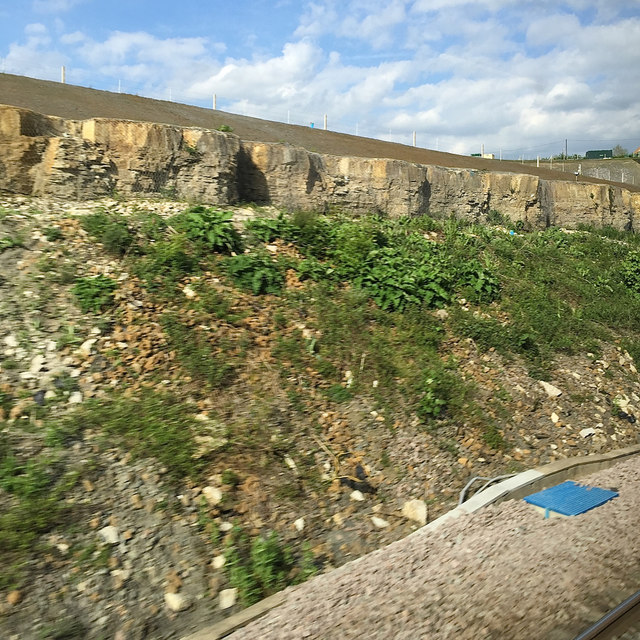Difference Between Abatement and Remediation
Pollutants such as toxic wastes, solid wastes, and polluted soil resulting from industrial or agricultural processes pose serious health hazards to both humans and animals and thus may impose costs on society and individuals. Even residential and commercial structures contain many different kinds of hazardous materials and associated chemicals that if not taken care of properly, can pose serious health concerns for the occupants. One of the most serious public health hazards particularly affecting children is related to lead-based poisoning as lead is a common ingredient found in many paint products. Well, there are other toxic substances that are found in properties which you’re unaware of but which can cause serious health problems. Common hazardous substances that can cause serious health and safety concerns are lead, asbestos and mold. So, when any of such problems arise, it needs to be addressed quickly. Common solutions are abatement and remediation but based on the degree of contamination.

What is Abatement?
To remove the damaging effects of these hazardous substances on your family’s health and safety, various new measures for their removal or degradation have been discovered. One such waste management technique is abatement. There are companies that specialize in abatement or you can say household hazardous waste management. Abatement is a hazardous waste removal measure that involves disposing of hazardous wastes safely and thoroughly in a way that no longer poses safety concerns to the occupants or others. Hazardous substances such as asbestos, lead and mold can pose serious threats to human health and the environment alike. So, proper assessment and handling of these substances is important and done by professional abatement experts who specialize in safe and effective removal of a wide variety of contaminants found in commercial and residential structures. Encapsulation is a common and simple method of abatement that creates a barrier between the contaminants and the environment, thereby isolating the affected surface by walling it off.

What is Remediation?
Depending on the level of contamination, a remediation plan may be required to eliminate poisoning hazards such as contaminated solid or water, demolition debris, or other hazardous substances found in building structures. Remediation involves determining the best approach for handling and treating contaminants. Remediation means addressing the underlying problem through meticulous planning, defining affected areas, developing a scope of work analysis, specifying containment strategies, and determining post- remediation assessment criteria. It also involves a thorough post-remediation testing which includes reviewing remediation plans, visual inspections, sampling strategies, quality assurance and so on. On-site remediation may involve implementing a cleanup of the contaminants or replacing the waste or constructing a secure landfill on the affected site. Because of its effective waste management capabilities, the costs of remediation can be high and detailed assessment needs to be done before implementing a remediation plan in place.
Difference between Abatement and Remediation
Basics
– Abatement and remediation are the two most common and important household waste management solutions used for the removal and degradation of hazardous substances such as lead, mold and asbestos that are found in residential and commercial structures. Abatement is a hazardous waste removal measure that involves disposing of hazardous wastes safely and thoroughly in a way that no longer poses safety concerns to the occupants or others. Depending on the level of contamination, a remediation plan may be required to eliminate poisoning hazards such as pollutants or contaminants from groundwater, soil, sediments and debris.
Method
– Abatement refers to the process of thwarting the effect of hazardous substances on human health by safely and effectively removing a wide variety of contaminants found in commercial and residential structures. Encapsulation is a common and simple method of abatement that creates a barrier between the contaminants and the environment, thereby isolating the affected surface by walling it off. Remediation can be considered as a type of abatement strategy that involves determining the best approach for handling and treating contaminants. Remediation may involve implementing a cleanup of the contaminants or replacing the waste or constructing a secure landfill on the affected site
Purpose
– Abatement focuses on recycling or reduction of wastes because it not only aids in reducing wastes but by making the products with less hazardous materials or designing them with alternate ways it will have no significant impact on the environment and human health. Abatement involves removing the wastes from the site by sealing off the property and cleaning the site thoroughly to thwart the further contamination of the site. Remediation involves addressing the underlying problem through meticulous planning, defining affected areas, developing a scope of work analysis, specifying containment strategies, and determining post- remediation assessment criteria.
Abatement vs. Remediation: Comparison Chart

Summary
Well, both abatement and remediation are great waste management solutions used for removal and degradation of toxic wastes or household wastes pose serious health hazards to both humans and animals. Hazardous substances such as asbestos, lead and mold can pose serious threats to human health and the environment. These substances come from building-related illnesses which if not taken care of in time, can cause serious health problems. Both the techniques aid in removing a wide variety of contaminants found in commercial and residential structures safely and effectively. But which approach is more appropriate likely depends on the degree of contamination.
- Difference Between Caucus and Primary - June 18, 2024
- Difference Between PPO and POS - May 30, 2024
- Difference Between RFID and NFC - May 28, 2024
Search DifferenceBetween.net :
Leave a Response
References :
[0]Woodson, Dodge R. Construction Hazardous Materials Compliance Guide: Mold Detection, Abatement and Inspection Procedures. Oxford, United Kingdom: Butterworth-Heinemann, 2012. Print
[1]Singh, Pardeep et al. Abatement of Environmental Pollutants: Trends and Strategies. Amsterdam, Netherlands: Elsevier, 2019. Print
[2]Pollution Prevention and Abatement Handbook, 1998: Toward Cleaner Production, Volume 777. Washington, D.C., United States: The World Bank Group, 1999. Print
[3]Palma, Mauro De et al. The Proceedings of the International Workshop on Detecting Environmental, Industrial and Biomedical Signals, Bari, Italy, 11-12 October 2002. Singapore: World Scientific, 2003. Print
[4]Image credit: https://commons.wikimedia.org/wiki/File:Asbestos_Abatement_(8715085022).jpg
[5]Image credit: https://s0.geograph.org.uk/geophotos/04/98/83/4988356_f0109695.jpg
